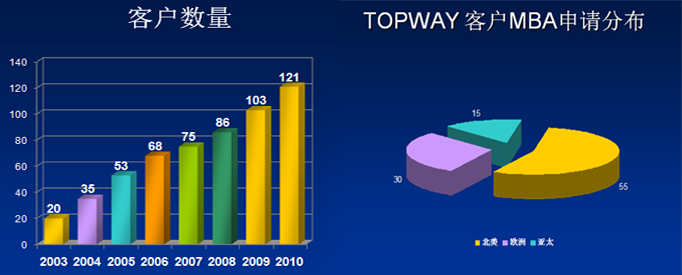|
121. sth. lead sb. to do; lead to 不能用被动语态。
122. originally标志着所修饰的动词必须使用一般过去式
123. the most common reasons, the common procedure中的common标志着谓语动词必须使用一般现在时。
124. 根据时间标志词判定使用现在完成时:since + 句子;since + 名词短语; since + 时间;since作副词用;since then; within/during/over/in + the past/last/recent + 时间短语
125. 条件从句、时间从句、方式从句、让步从句不能用一般将来时或过去将来时,常用一般现在时代替一般将来时,一般过去时代替过去将来时
126. possibility that…/likelihood that…中,that从句后用一般将来时
127. 标准书面语中,优先使用一般将来时,主观将来时常用be supposed to do 表达,较少使用be going to do, 不使用be to be doing, be to be done.
128. 一般不适用被动语态的动词或动词短语:lead; cause; enable; become; receive; visit; lack; enter; cost; possess; resemble; last; like; enjoy; notice; watch; look at; listen to ; pay attention to; suit; fit; contain; so as to do; be able to do; be likely to do.
129. 主动形式表示被动含义:read like..; read well; prove helpful; sell well; 但sth. be sold for + 价格; be the most difficult to do; too + adj. + to do; be worth doing; require doing
130. it is + adj. + that 结构中,that从句用动词原形表示虚拟语气,这样的形容词有:important/natural/essential/imperative/necessary/ vital/ advisable/ obligatory/ best/ incredible/ ironic/ preferable/ appropriate
131. 下列动词后的宾语从句不用虚拟语气:allow that…; rule that…; sth. propose that…; sth suggest that….。
132. 所选答案要保持原句语气的强弱,不能随意改变:only if 和 if不能替换; however much 和 however 不能替换; should 和 if 不能替换; be not unlike 和 be like不能替换; if 和 on condition that 不能替换; any + n. 和 n.不能替换; just like 和like不能替换。
133. 除了may 和might可疑替换外,青苔动词都不能互相替换
134. 当使用情态动词导致前后文语义重复时,情态动词必须省去。例如:the possibility that … might do …应该为the possibility that … do….。
135. Produce double … 永远错! as much as twice the apples (复数名词)永远错!a doubling of/ produce a doubling of 永远错!
136. allow sb to do, allow表示允许; allow + that 从句, allow表示承认,that从句不使用动词原形表示虚拟语气。
137. be alleged to do为正确表达,be alleged as doing 搭配错!
138. 现在完成时的时间标志: within/during/over/in + the past/last/recent + 时间短语
139. enough to; so/such … that …; 以及so/such … as to …的区别
140. 习惯用法:be necessary to do …。 | 




